DSLR & Mirrorless Camera Buyers Guide
Which Camera is Best for You?
Choosing the right camera can be a daunting task, especially with the countless DSLR and Mirrorless cameras available in the market. However, we're here to help you choose the right camera that suits your needs.
Questions like “what’s the best camera to buy?” and “what’s the best mirrorless camera?” or “what’s the best camera for photography?” or for video? The truth is, there is no definitive answer to these questions as many factors, specifications and features come into play but, none more important than your personal use case and preference!

This guide will cover some of the key differences between DSLR and Mirrorless cameras available at Scan Pro Video
What are you using the Camera for?
The first thing you need to think about before buying a camera. What are you going to be using it for? Photography? Video? Shooting Portraits or motorsports, capturing events or corporate videos? There are an almost unlimited number of situations where you can use a camera these days and a camera to suit almost every one of them.
What you want to use your new camera for should inform your decision first before you get into the granular details of sensor sizes, megapixels, and frame rates.
If you’re a landscape or portrait photographer you may want a higher tonal range and finer details but don’t need high frame-per-second shooting, so may look at medium-format cameras. If you’re a videographer capturing events and gigs you may lean towards mirrorless cameras with their higher dynamic range, low light performance, and video quality.

The Tech Specs
We list DSLR and Mirrorless cameras together as they can both be used as the modern, jack of all-trades, hybrid cameras with video and stills features.
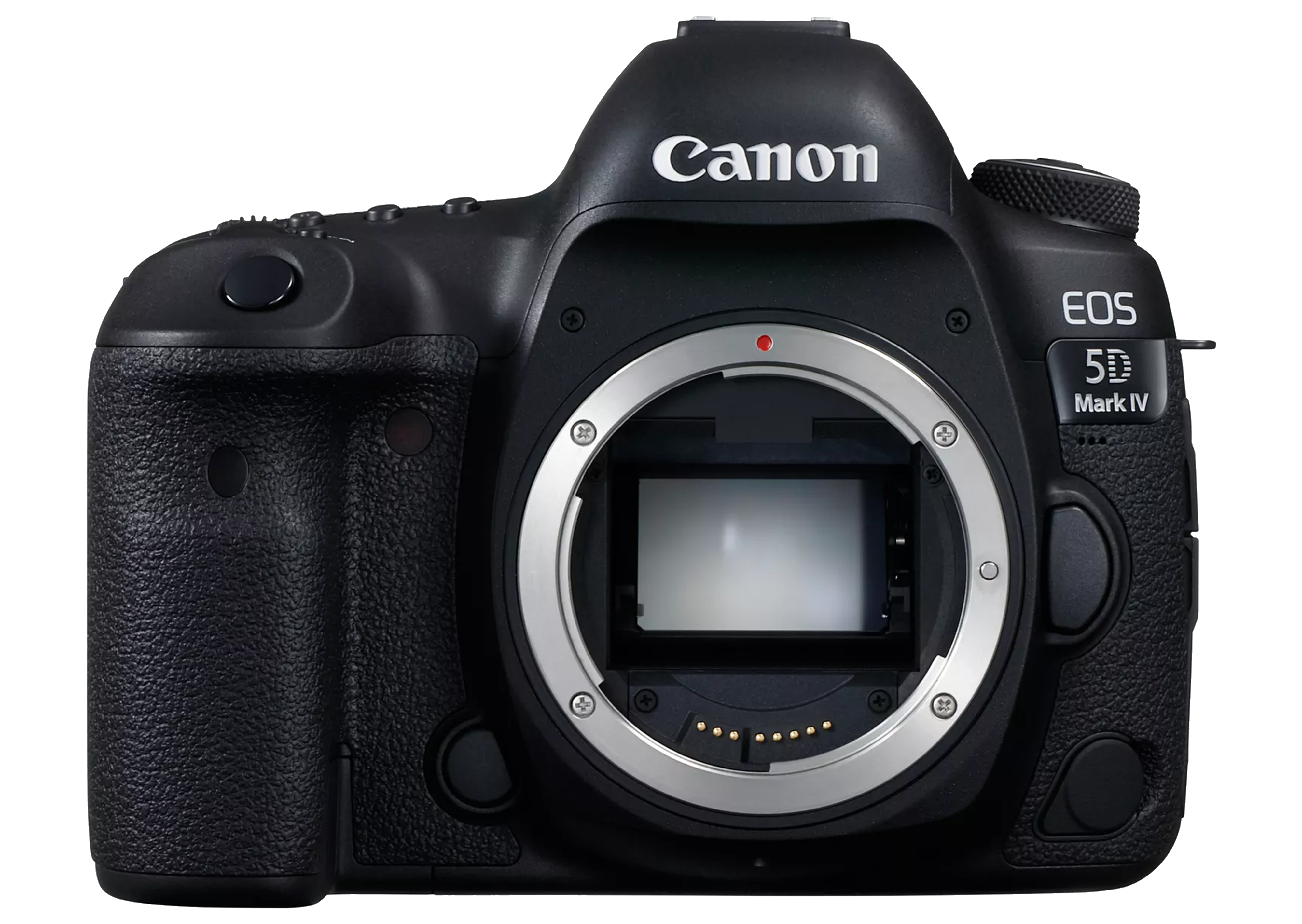
DSLR Cameras
DSLR’s are the digital successors to the 35mm film SLR cameras of old. They have a mirror inside that reflects the light from the lens up to a prism which you see through the viewfinder. When you press the shutter button, the mirror flips up, the sensor is exposed to the light and captures the image. Although DSLR's are less expensive and have decades worth of lenses and accessories available, manufacturers appear to be slowly phasing them out for mirrorless systems.
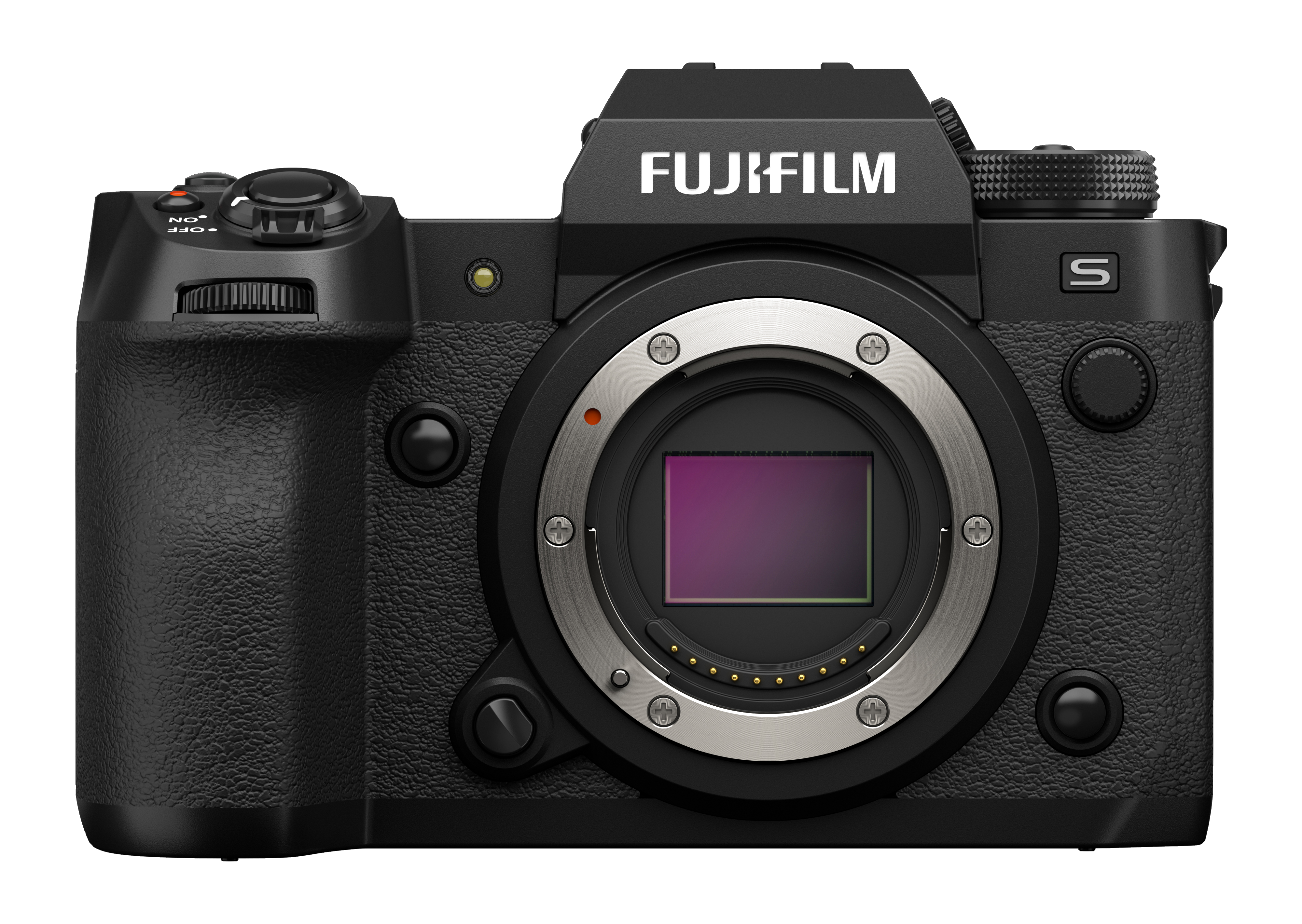
Mirrorless Cameras
Mirrorless Cameras, shockingly, don’t have a mirror inside them. Instead, the light enters directly through the lens and reaches the sensor, which then displays the image preview on an electronic viewfinder or rear screen. Due to the absence of a mirror, these cameras are typically smaller and lighter than DSLRs, while still delivering comparable image quality and improved video with higher shooting speeds. Mirrorless cameras are the new industry standard replacing older DSLRs.
Sensor Size
DSLRs and mirrorless cameras can feature different sensor sizes, with some replicating traditional film sizes like Full Frame (35mm) and Medium Format, while others include APS-C (sometimes known as cropped sensor), Super35, and Micro 4/3 (MFT) offer more compact sensors. Each sensor size offers different features, strengths and advantages.
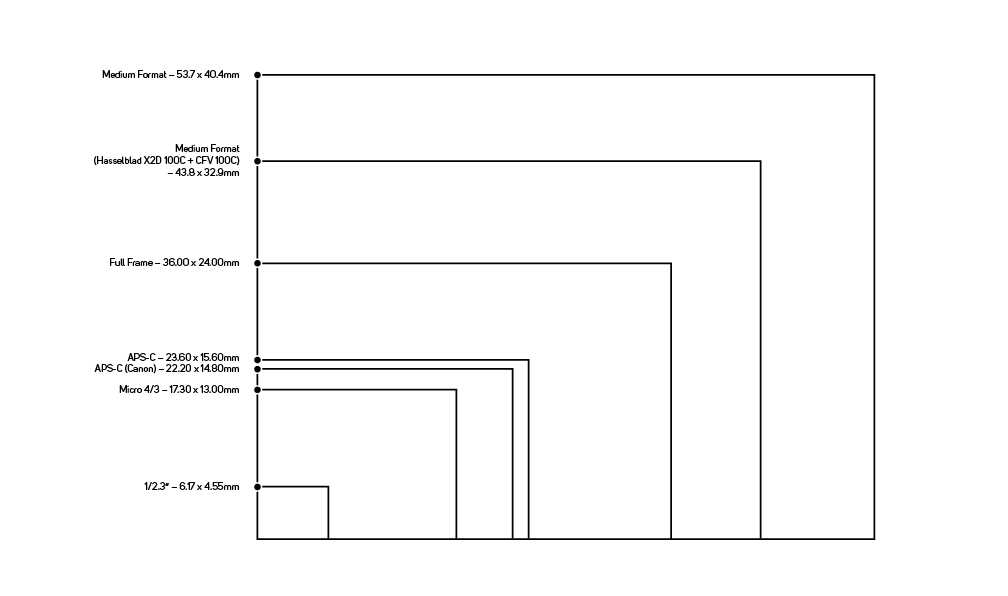
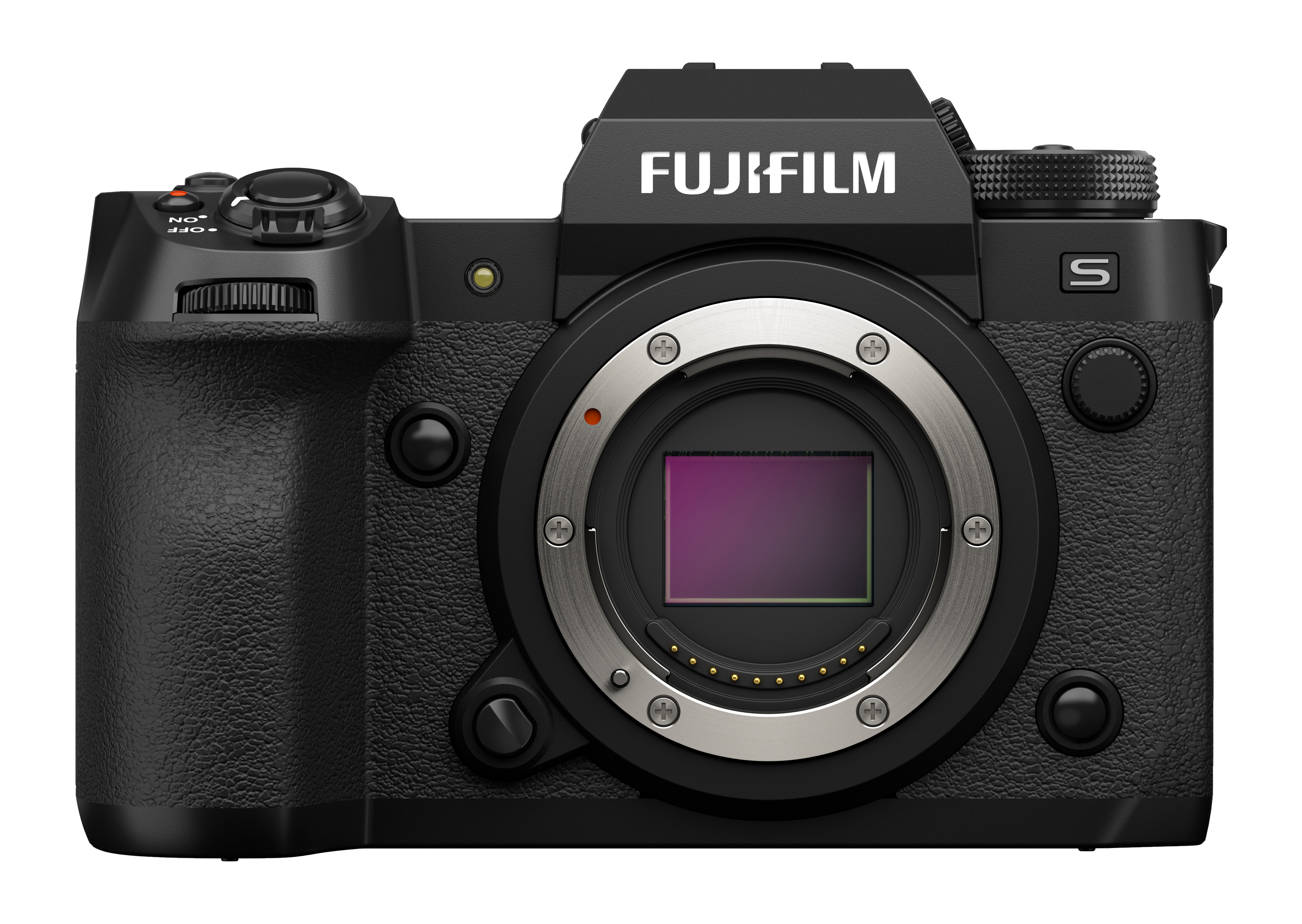
APS-C
APS-C sensors are the most common size for most entry to mid-level cameras, and even some professional-level ones. They have a sensor measuring approximately 23.5x15.6mm, which makes them smaller and lighter than full-frame sensors. APS-C sensors have a predetermined crop, usually around 1.6x from 35mm. Which is often well-suited for wildlife and sports photography, as it makes smaller or more distant subjects appear larger in the frame, and typically provides a wider depth of field.
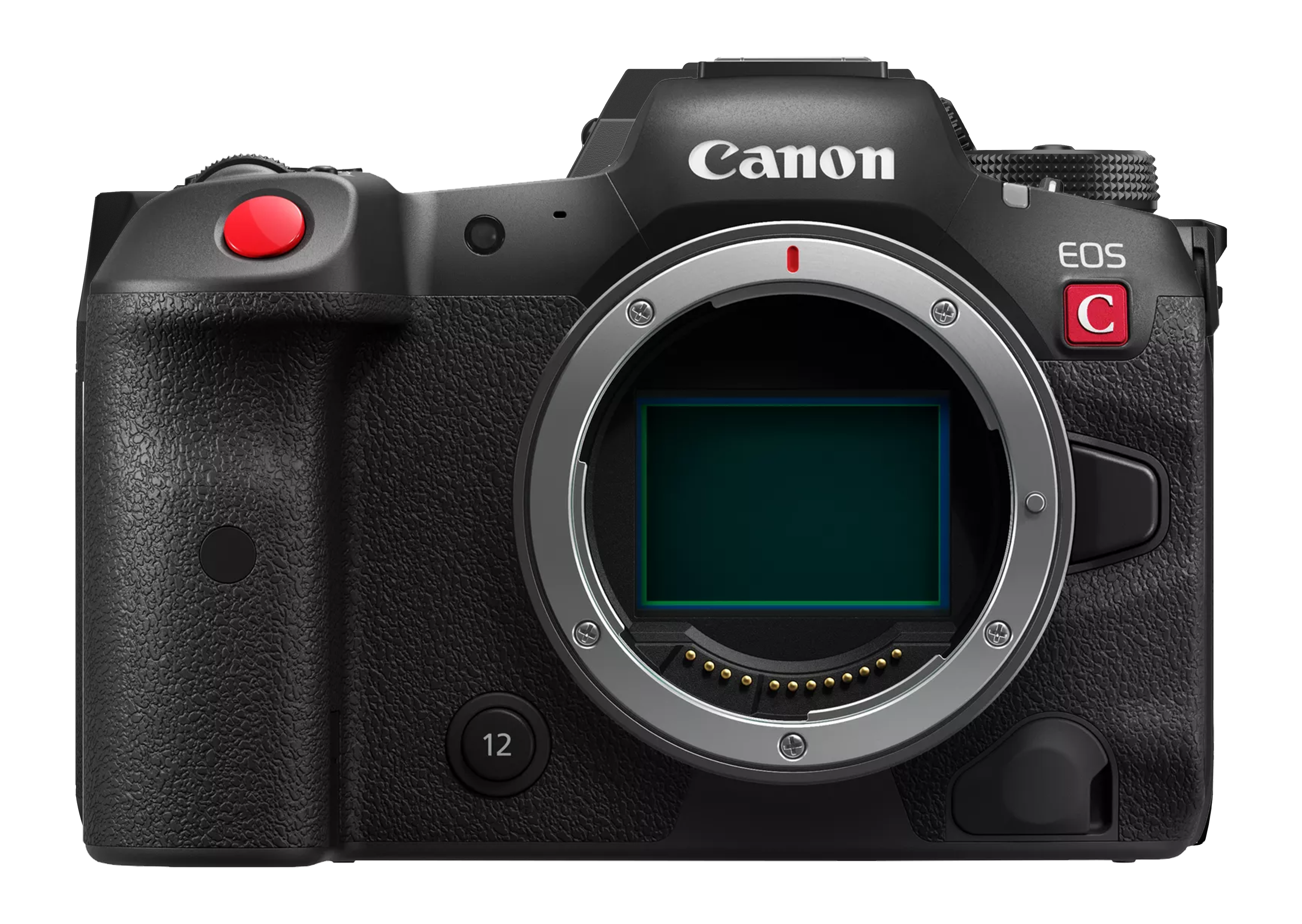
Full Frame
The original 35mm film dates back to 1889 as the standard-width, film medium which has been modernised and digitised with Full Frame sensors still operating with the same 36x24mm frame size. With a 63% bigger frame than APS-C, it allows you to capture more in an image with its wider field of view. Making it ideal for landscapes and architecture, a narrower depth of field, and often larger photosites (pixels) on the image sensor that allows for greater detail capture.

Medium Format
Another digitised film standard. Medium Format sensors are larger than 35mm full frame and can come in a variety of sizes but, modern offerings from Hasselblad feature 44x33mm Sensors. With their larger frame size, they feature higher megapixel counts with 50 and 100MP sensors offering high quality images for professional photographers with their improved tonal range, resolutions and colour accuracy.
Megapixels
As a photographer, it can be tempting to focus solely on the megapixel count of your camera. However, it's important to note that more pixels don't necessarily mean a better image. Instead, having the right number of pixels for the size of your sensor is crucial.
While a higher megapixel sensor can produce a higher resolution image, the size of the photosites that make up the image sensor is what matters. For instance, a 50MP smartphone camera may have photosites measuring 0.8µm (microns) whereas the Hasselblad X1D II 50C - a medium format camera - has a 50MP sensor with 5.3µm photosites. This means that the Hasselblad has larger physical pixels to capture more light and detail. As a result, it offers a vastly larger dynamic range, tonal accuracy and transition, and better colour accuracy than a 50MP smartphone camera.


Shooting Video
When shooting video, DLSR’s and Mirrorless cameras can both offer amazing quality but with a few key differences. DSLR cameras have been capable of capturing high resolution 4K video for some time but do lack some versatility due to the mirror mechanism constraining live view capabilities and often a slow and less reliable autofocus when recording video. Whereas mirrorless cameras are now capable of recording 8K video and do not suffer with the same autofocus or live view issues with their continuous autofocus modes and real time preview electronic viewfinders. Mirrorless cameras are usually capable of capturing higher frame rates and a wider variety of colour profiles like Log for advanced colour grading in post-production.
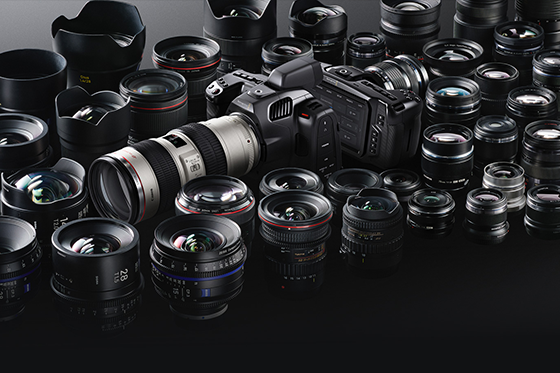
Lenses and Accessories
Buying a new camera is just the start, there is an entire world of lenses and accessories for you to add to whatever camera you choose. Relate back to what are you using the camera for? That will ultimately shape what lenses and gear you need, whether you need photography lenses or cine lenses will depend on your use case and preference.
If you choose a DSLR camera you have the benefit of decades worth of lenses from the major camera brands and third-party manufacturers like Tamron and Samyang, and often come in at a lower price point than their newer mirrorless camera counterparts.
If you decide to go mirrorless, lenses are usually more lightweight and compact and offer faster autofocus with better edge-to-edge sharpness. The downside comes with the price, as many mirrorless lenses are more expensive than their DSLR counterparts and an initial limitation of 3rd party offerings with manufacturers now expanding their lens line-ups to support these new mirrorless lens mounts.
The best Cameras
If you want to learn more about the different features or lenses types available check out our Lens Buyers Guide or learn more about camera accessories.
VIEW RANGE